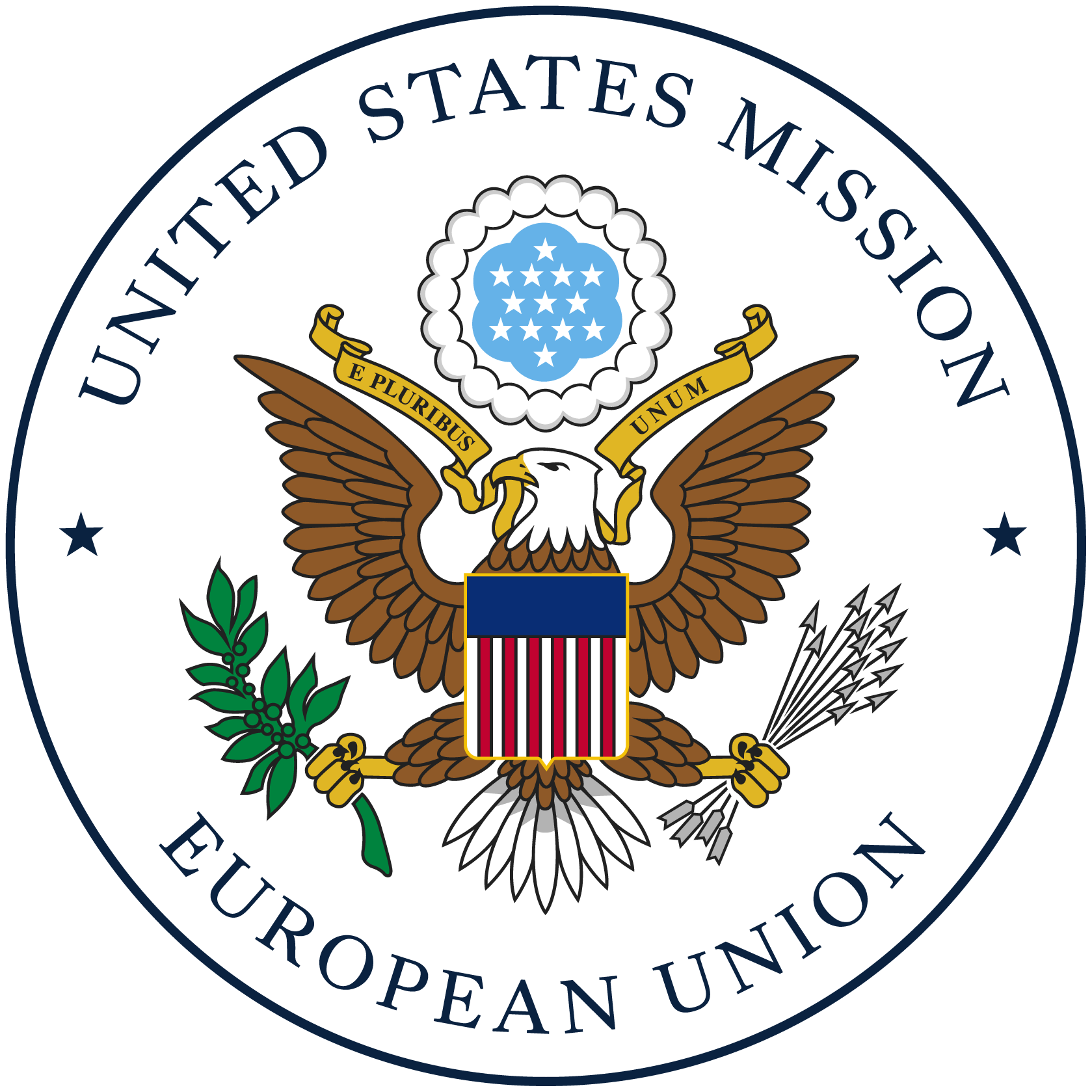Size and Content
The maximum tolerable error between the actual content weight and the quantity indicated on the label, and methods to check this are fixed in Council Directive 76/211/EEC. A small “e” of at least 3 mm on the label guarantees that the actual content corresponds to the quantity indicated. The size of the figures indicating the quantity depends on the nominal quantity:
- nominal quantity greater than 1000 g or 100 cl: at least 6 mm high
- greater than 200 g/20 cl but less than 1000 g/100 cl: at least 4 mm
- greater than 50 g/5 cl but less than 200 g/20 cl: at least 3 mm
- less than 50 g/2 cl: 2 mm. The quantity must be followed by the unit of measurement.
Directive 2007/45/EC abolished regulations on mandatory pack sizes at both EU and national levels. Under this Directive, only wine and spirits have defined package sizes, with the exception of shochu bottled in Japan. Mandatory nominal quantities for wines and spirits are set out in the Annex to Directive 2007/45/EC.
Detailed information on “Legal Metrology” is available on the European Commission’s website http://ec.europa.eu/growth/single-market/goods/building-blocks/legal-metrology/.
Packaging Waste Management
Currently, Council Directive 94/62/EC provides for measures aimed at limiting the production of packaging waste and promoting recycling, re-use and other forms of waste recovery. All Member States are required to take measures to reduce packaging waste and must introduce systems for reuse, recovery and recycling of packaging materials.
In 2019, the European Union adopted Directive (EU) 2019/904 which combines different measures to reduce the impact of certain plastics products, including an EU-wide ban on single-use plastics whenever alternatives are available. Single-use plastics are solely or partially made of plastic and are typically intended to be used just once or for a short period of time before they are thrown away. The plastic products to be banned under the directive include cutlery, plates, straws, cotton bud sticks, beverage stirrers, sticks for balloons, food containers made of polystyrene and products made from oxo-degradable plastic. Disposable plastic products, such as sanitary items, wet wipes, tobacco products with filters and drinking cups, need to carry a label to inform consumers about appropriate waste management options.
On November 30, 2022, the European Commission proposed a revision of the 1994 Directive on
Packaging and Packaging Waste. Some of the proposed requirements may impact agri-food sectors and
U.S. exports of processed food and beverages to the European Union. More information can be found in GAIN Report European Commission Proposes New Rules on Packaging and Packaging Waste.
Food Contact Materials
European Parliament and Council Regulation 1935/2004 specifies the main requirements for materials that come into contact with foodstuffs, including active and intelligent packaging. It also sets out labeling and traceability requirements and the procedure for the authorization of substances through the European Food Safety Authority. Additional requirements will be proposed in specific measures and will include positive lists of authorized substances and/or materials. Annex I to Regulation 1935/2004 lists the group of materials for which specific measures may be adopted. Commission Regulation 2023/2006 lays down rules on good manufacturing practice for food contact materials listed in Annex I to Regulation 1935/2004.
To date, specific directives have been developed for vinyl chloride, plastics, recycled plastic materials, regenerated cellulose film, ceramics and the use of certain epoxy derivatives in plastic materials, surface coatings and adhesives. In the case of ceramics, migration limits have been established for two of their constituents, namely lead and cadmium. Materials must bear an indication “for food contact” or the symbol reproduced in Annex II to Regulation 1935/2004. Commission Regulation 450/2009 establishes specific rules for active and intelligent packaging.
EFSA has published guidelines on “active and intelligent” substances in food contact materials.

